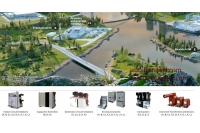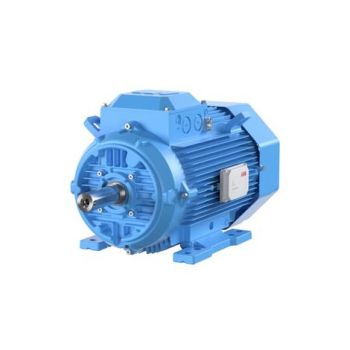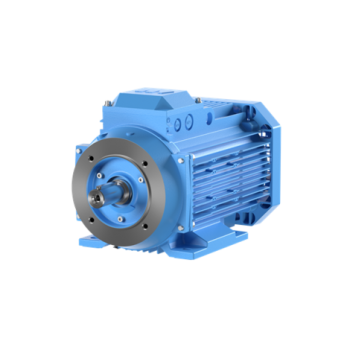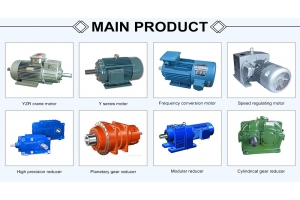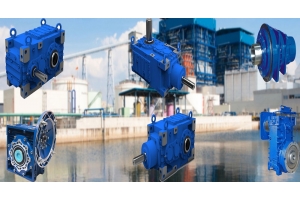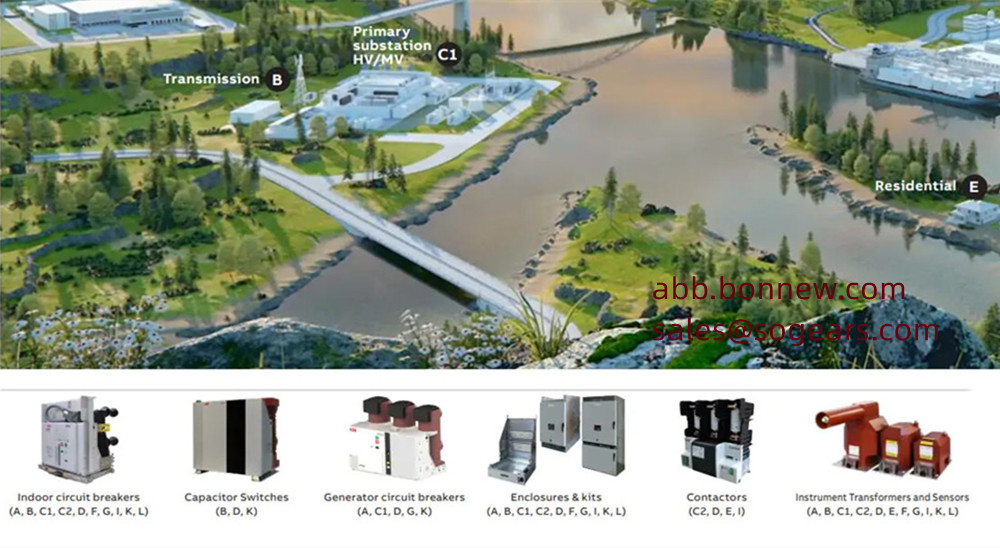
How to deal with circuit breaker tripping
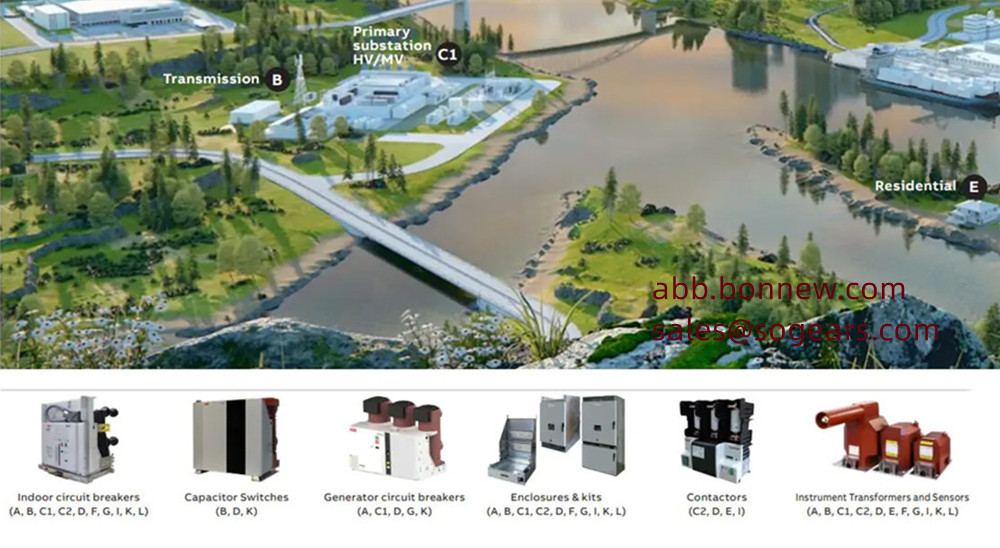
Quickly check the reason for the tripping of the residual current operated protector
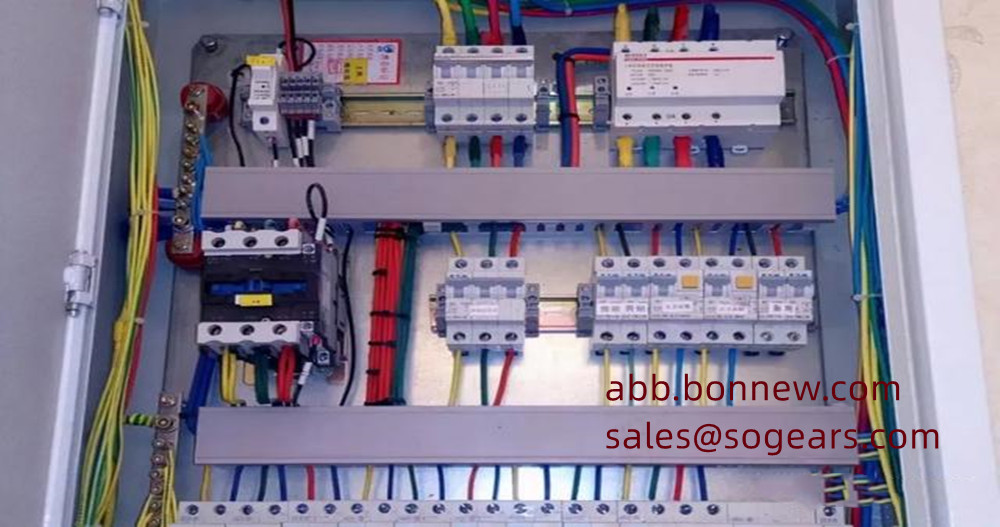
1 Trial delivery method
Mainly to find the fault of the residual current action protector itself. The specific operation method is: first cut off the power supply, then remove all the load-side leads of the zero-sequence transformer of the residual current action protector (the secondary and tertiary residual current action protectors directly remove the outgoing wires) and then close the protector. If the protector still cannot be put into operation, it means that the protector itself is faulty and should be repaired or replaced. If it can operate normally, the protector itself is not faulty, and then look for the switchboard or line. The operation method is: first cut off the load of each outgoing line or AC contactor. If it cannot run, it means that there is a fault on the switchboard. Check whether the electrical and instrumentation equipment of each channel is well insulated and the wiring is correct; if it can run normally, it means There are no faults on the switchboard. When it is confirmed that the fault occurs on the external line, the branch line search method can be used to find the fault point.
2-point exclusion method
When checking the fault point of the line, you can disconnect each branch line of the low-voltage power grid in the order of "main line first, then branch, and then end", and only test the main line for power transmission. If the main line is not faulty, then the main line will can operate normally. Then, the branch and the end are put into operation in turn. When a line is put into operation, the protector trips, and the fault point is on which line, and the fault point can be found on this line.
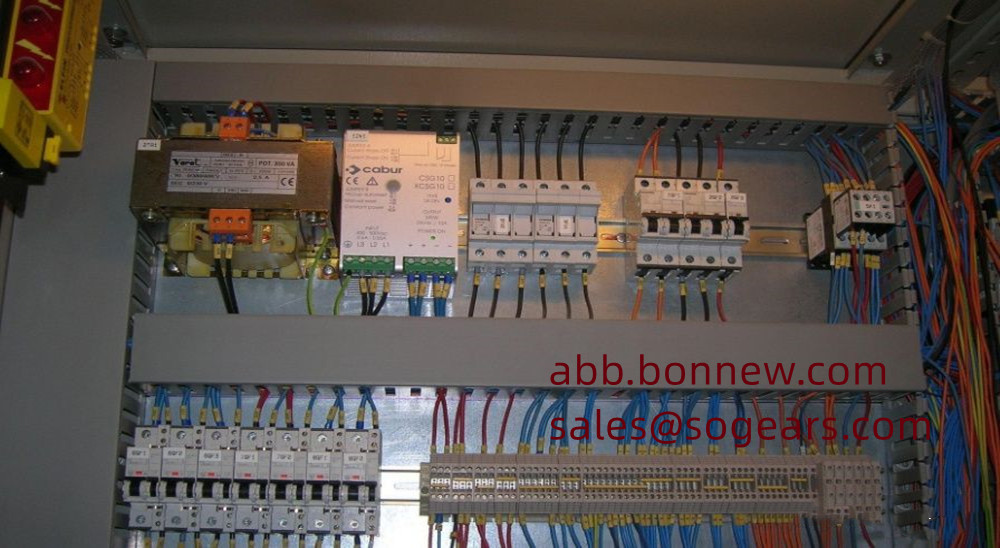
3 Numerical comparison method
The numerical comparison method measures the line or equipment with the help of instruments, and compares the measured value with the original value to find out the fault point. It should be specially pointed out that when the insulation of the neutral wire of the line drops or the neutral wire of the equipment is repeatedly grounded, it is easy to cause frequent tripping of the general protection, while the secondary protector does not trip. When solving the tripping of the secondary protector, the method of switching the phase line and the neutral line should not be adopted to put the secondary protection into operation, and the repeated grounding wire of the equipment should be removed.
4 Visual inspection method
Intuitive inspection method The inspector analyzes and judges the fault phenomenon, and conducts an intuitive inspection of the protection area including the residual current action protector and the protected line equipment, so as to find the fault point. During the inspection, the inspection should focus on the complex sections and fault-prone points such as the corners, branches, and crossovers of the line. This method is simple and easy to implement, and is suitable for finding obvious fault points. Such as wire breakage and landing, pull wire and wire contact and wrong wiring, etc.

